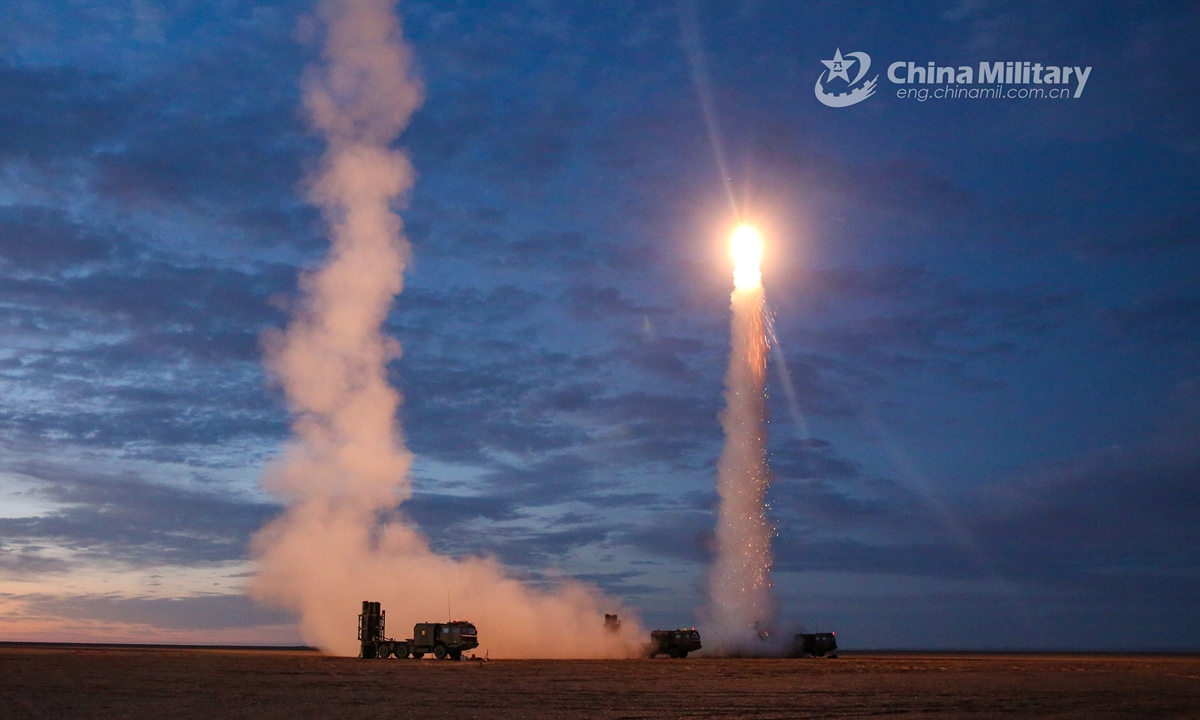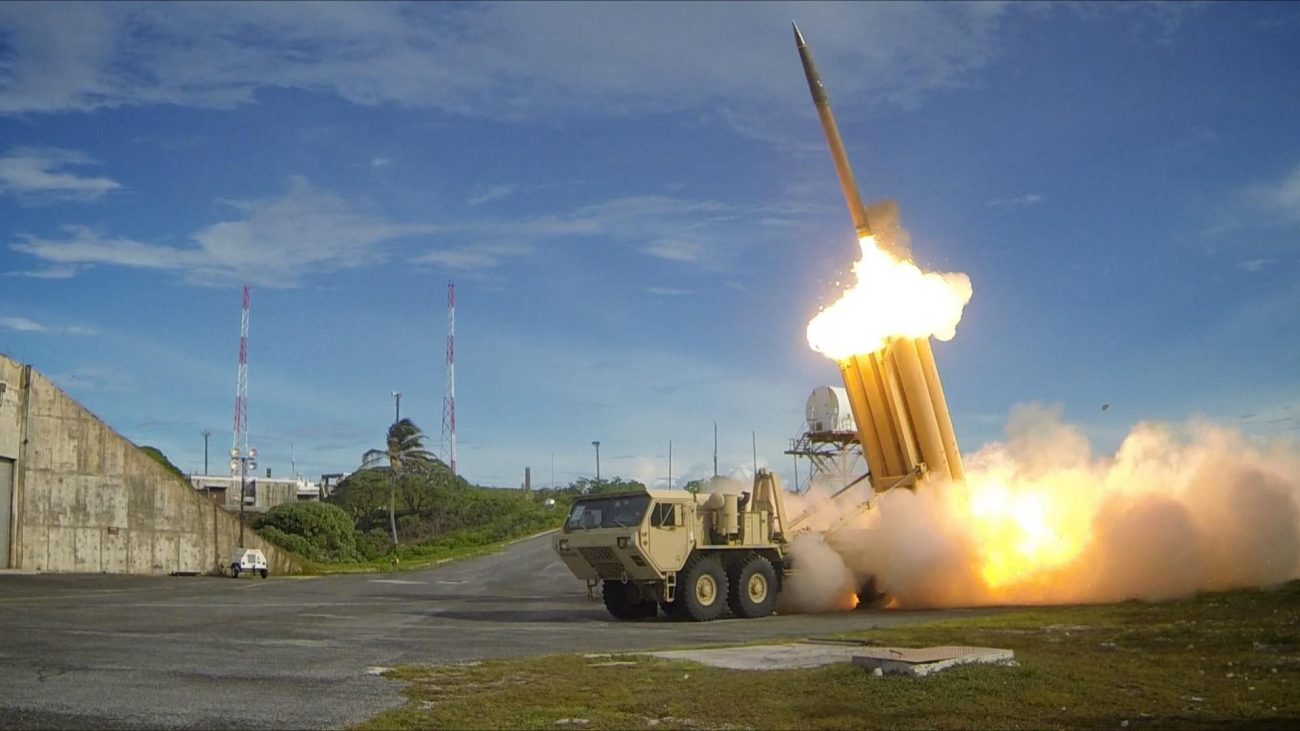On June 19, China successfully carried out a land-based, mid-course anti-ballistic missile (ABM) technical test, demonstrating the reliability of the country’s anti-ballistic missile umbrella.
The test, which took place within the Chinese border, successfully achieved its objective, reported State-run Global Times, citing China’s Ministry of National Defense.
According to the Global Times, China has undertaken this type of test for the second year. In February 2021, the country carried out a similar test, bringing six publicly announced Chinese land-based anti-ballistic missile technical tests to six.
A Chinese military expert told the Chinese media outlet, “More tests indicate China’s anti-ballistic missile capability is becoming more reliable. Such trials contribute to China’s national defense and security and serve as a deterrent against nuclear blackmails.”

The Chinese Defense Ministry claims the test is defensive and not aimed at any country. However, it comes days after the US military completed a missile interception test off the coast of Palau.
The live-fire exercise conducted by the US military was the first in the Pacific island nation. According to the US military, the exercise in Palau was to bolster its defense capabilities by training in a location where it had never fired a missile before.
Palau has no military and relies on US forces to protect itself. The US considers such deployments a crucial part of its regional security architecture as China’s presence in the Indo-Pacific is growing.
How Does Ballistic Missile System Work?
The flight paths of ballistic missiles are commonly classified into three phases: the boost phase, the midcourse phase, and the terminal phase.
The boost phase starts as soon as the missile is launched and continues until the missile’s engines are depleted. Its primary purpose is to help the missile go into space and a parabolic orbit around the Earth.
Then the missile begins its parabolic route to the target at the midcourse stage, which is the most time-consuming of the three processes. Once the missile has approached its objective, it undergoes the terminal phase, in which the warhead re-enters the atmosphere from space and flies to its destination.
After entering the terminal phase, the time to target is usually less than a minute.

According to experts, intercepting an intercontinental ballistic missile during its mid-course is difficult. The missile, generally armed with nuclear warheads, flies high outside the atmosphere at an extremely high velocity during this phase.
The interception is also tricky in the terminal phase due to the high speed of the descending missile. However, it is possible to intercept a ballistic missile during its boost phase because the missile is still close to the ground and accelerating.
US-China Rivalry
China is accelerating the development of sophisticated missiles as it claims control over contested waterways in the south and east of the country. The latest test might exacerbate tensions in an already tense region where Beijing and Washington strive for power.
The launch comes amid escalating regional tensions, as North Korea has recently carried out a series of missile tests, including short-range ballistic missiles and an ICBM.
South Korean and US officials have also warned that growing activity at North Korea’s nuclear test site indicates the regime could perform its first nuclear test since 2017.
President Yoon Suk Yeol of South Korea, who took office in May, has promised to be tougher on North Korea and has hinted that he may want to deploy a second anti-ballistic missile system.
In 2016, South Korea announced that it would install the US-built Terminal High Altitude Area Defense (THAAD) system, which provoked a year-long diplomatic spat with China.

Beijing has consistently expressed objection to the United States’ deployment of the Terminal High Altitude Area Defense (THAAD) anti-missile system in South Korea.
The THAAD’s sophisticated radar, according to China, might infiltrate its territory. THAAD is a short-range, medium-range, and intermediate-range ballistic missile defense system utilized by the US military to protect its bases in Guam and Hawaii.
China had previously chastised the US for stationing medium-range ballistic missiles in the Asia Pacific area, claiming it had a “gravely negative impact” on international arms control.
- Contact the author at ashishmichel@gmail.com
- Follow EurAsian Times on Google News




